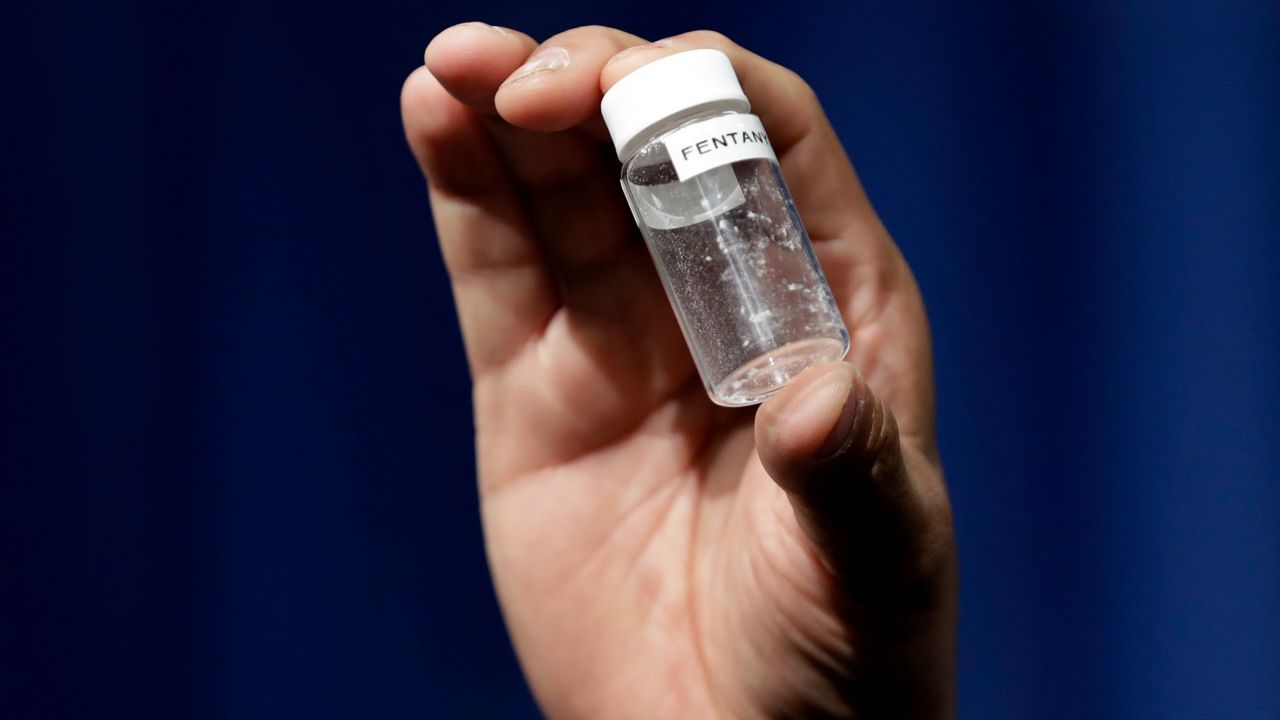The United States experienced a significant increase in drug overdose deaths in 2020, especially among Black people, American Indians and Alaska Natives, according to a study released Tuesday by the Centers for Disease Control and Prevention.
What You Need To Know
- The United States experienced a significant increase in drug overdose deaths in 2020, especially among Black people, American Indians and Alaska Natives, according to a study released Tuesday by the CDC
- Overall, U.S. overdose deaths jumped by 30% from 2019 to 2020, the public health agency said
- Among Black people, there were 44% more deaths, and among American Indians and Alaska Natives, there were 39% more
- The CDC said the increases were largely driven by illicitly manufactured fentanyl and fentanyl analogs — alterations to the drug when medically prescribed
- The agency said pandemic-related disruptions in access to prevention, treatment, harm reduction and recovery support services “likely contributed” to the growth in overdose deaths
Overall, U.S. overdose deaths jumped by 30% from 2019 to 2020, the public health agency said. Among Black people, there were 44% more deaths, and among American Indians and Alaska Natives, there were 39% more.
Drug deaths in other groups are also at historic highs, the CDC said. White people and the Asian/Pacific Islander group each saw 22% increases, while Hispanics experienced a 21% jump.
The data came from 25 states and the District of Columbia.
The CDC said the increases were largely driven by illicitly manufactured fentanyl and fentanyl analogs — alterations to the drug when medically prescribed. The agency said pandemic-related disruptions in access to prevention, treatment, harm reduction and recovery support services “likely contributed” to the growth in overdose deaths.
The analysis found that Black people ages 15 to 24 experienced the largest increase — 86% — compared to other age and race groups.
Overdoses killed nearly seven times as many Black men 65 or older than white men in the same age category, according to the data. Meanwhile, overdose deaths among American Indian/Alaska Native women 25 to 44 years old were nearly twice as high as white women 25 to 44.
“The increase in overdose deaths and widening disparities are alarming,” CDC acting Principal Deputy Director Dr. Debra Houry said in a statement. “Overdose deaths are preventable, and we must redouble our efforts to make overdose prevention a priority.”
The study found that opioid deaths were about twice as high among Blacks and American Indians and Alaska Natives in areas with higher availability of opioid treatment programs.
The problem, however, extends well beyond dependency to painkillers, as the analysis found that only about one in every 10 American Indian/Alaska Native and Hispanic people — and fewer than one in 10 Black people — reported receiving substance use treatment.
There were greater disparities in overdose deaths, particularly among Black people, in counties with more income inequality than in areas with lower income equality, the study also found.
The CDC suggested preventing drug deaths by increasing access and reducing barriers to treatment and recovery services for people with histories of substance use; raising awareness about illegally manufactured fentanyl and the use of more than one drug; reducing the stigma attached to treatment and recovery services; and expanding access to harm reduction services, including the opioid overdose antidote naloxone and fentanyl test strips.



